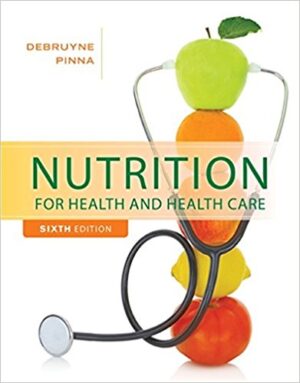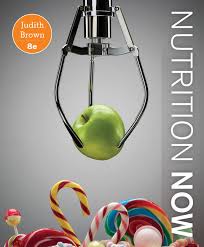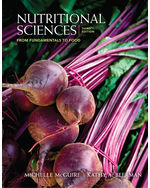Nutrition for Health Fitness and Sport 11th Edition by Melvin Williams – Test Bank
Do you need test banks fast? eTestBank.net is the best test bank website for you! Download your test bank right after you pay. No waiting!
Why eTestBank.net is Great:
✅ Instant Download:
Get your test bank right away after payment.
✅ Unlimited Downloads:
Download your test bank anytime and as many times as you want.
✅ 24/7 Live Help:
We are here to help you all day, every day.
✅ Guaranteed Delivery:
If you don’t get the download right away, we will send it to you in 3 to 6 hours.
How to Get Your Test Bank:
- Pick Your Test Bank: Choose from many test banks.
- Pay Safely: Pay securely on eTestBank.net.
- Download Instantly: Get your test bank immediately after payment.
- Download Anytime: Unlimited downloads whenever you need them.
Need Help? Contact Us:
📧 Email: [Support@etestbank.net]
📱 WhatsApp: [https://wa.me/message/MC222DLQ4GDXL1r]
Didn’t Get Your Download?
Don’t worry! If you don’t get the file right away, we’ll send it to you in 3 to 6 hours. Need it sooner? Contact us by email or WhatsApp.
💡 Buy now from eTestBank.net for instant downloads, unlimited access, and 24/7 support—get your test bank today!
Chapter 04 Test Bank
Student:
1. The three major monosaccharides are
A. glucose, fructose, and glycogen. B. glucose, glycogen, and sucrose. C. glucose, fructose, and sucrose. D. glucose, fructose, and galactose.
2. The Acceptable Macronutrient Distribution Range recommends a dietary carbohydrate intake of
percent of the total daily caloric intake. A. 65–70
B. 45–65
C. 45–55
D. None of the answers are correct.
3. Each gram of carbohydrate contains approximately Calories.
A. 4
B. 5
C. 7
D. 9
4. Why is it important to consume high to moderate glycemic index (GI) carbohydrates immediately after exercise?
A. Provides more carbohydrate per gram than low GI carbohydrates
B. Stimulates a more rapid insulin response
C. Prevents the athlete from going to sleep immediately after exercise
D. They stimulate the thirst mechanism
5. Which of the following is true of fructose?
A. It is absorbed more slowly than glucose
B. It is absorbed more quickly than glucose
C. provides more carbohydrate per gram than glucose
D. Recommendations are for the consumption of an 8–10% solution during exercise
6. Which of the following statements concerning the fates of blood glucose is FALSE?
A. Blood glucose may be used as energy
B. Liver glycogen may be reconverted directly to blood glucose
C. Muscle glycogen may be reconverted directly to blood glucose
D. Blood glucose may be converted to and stored as fat
7. If blood glucose levels decrease, gluconeogenesis is a process in the body that produces glucose internally by
A. converting fatty acids to glucose.
B. converting amino acids to glucose during the glucose–alanine cycle. C. chemical reactions that occur in the villi of the small intestine.
D. utilizing substrates obtained only from glycerol.
8. One reason why carbohydrate is the most important energy food for exercise is that
A. it is the only food used for aerobic energy production. B. it is a more efficient fuel than fat.
C. it produces ATP for muscle contraction more slowly than fat, but for a longer period of time.
D. All of the answers are correct.











